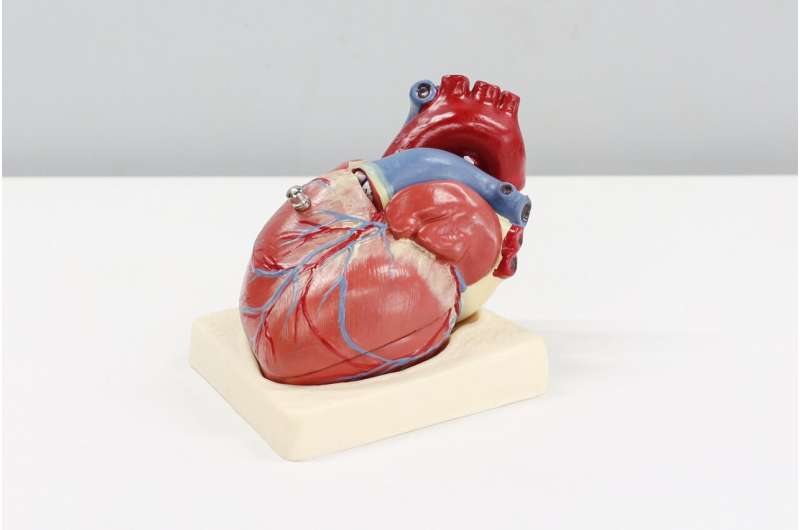
In a new publication from Cardiovascular Innovations and Applications, Hui Yang, Pu Zou, Yuhu He and colleagues from Central South University, Changsha, Hunan, China discuss risk factors for prognosis after the Maze IV procedure in patients with atrial fibrillation undergoing valve surgery.
The authors of this article evaluated risk factors related to persistent atrial fibrillation (AF) at discharge (AF-d) and recurrent atrial fibrillation (rAF) and all-cause death after the Maze IV procedure. Two hundred nineteen patients (63 female, aged 52.5±8.8 years) with valve disease and persistent AF undergoing valve surgery and the maze IV procedure between 2015 and 2016 were included. Baseline demographic and clinical data were obtained by review of medical records. The median follow-up period was 27 months (interquartile range 21–34 months) in the patient cohort. The primary end point was all-cause death. The secondary end point was AF-d or rAF. rAF is defined as AF recurrence at three months or later after the procedure.
Twenty-eight patients (12.8%) died during follow-up. Multiple logistic regression analysis showed that thrombocytopenia, elevated serum total bilirubin level, a larger right atrium, AF-d, and rAF were independent determinants for all-cause death after the Maze IV procedure after adjustment for age, sex, and clinical covariates, including New York Heart Association class III/IV disease, hypertension, and aortic regurgitation, while valvular disease duration and left atrial diameter greater than 80.5 mm were independent determinants for AF-d, and thrombocytopenia, elevated serum total bilirubin level, higher mean pulmonary artery pressure, and AF-d were independent predictors for rAF.
Source: Read Full Article
